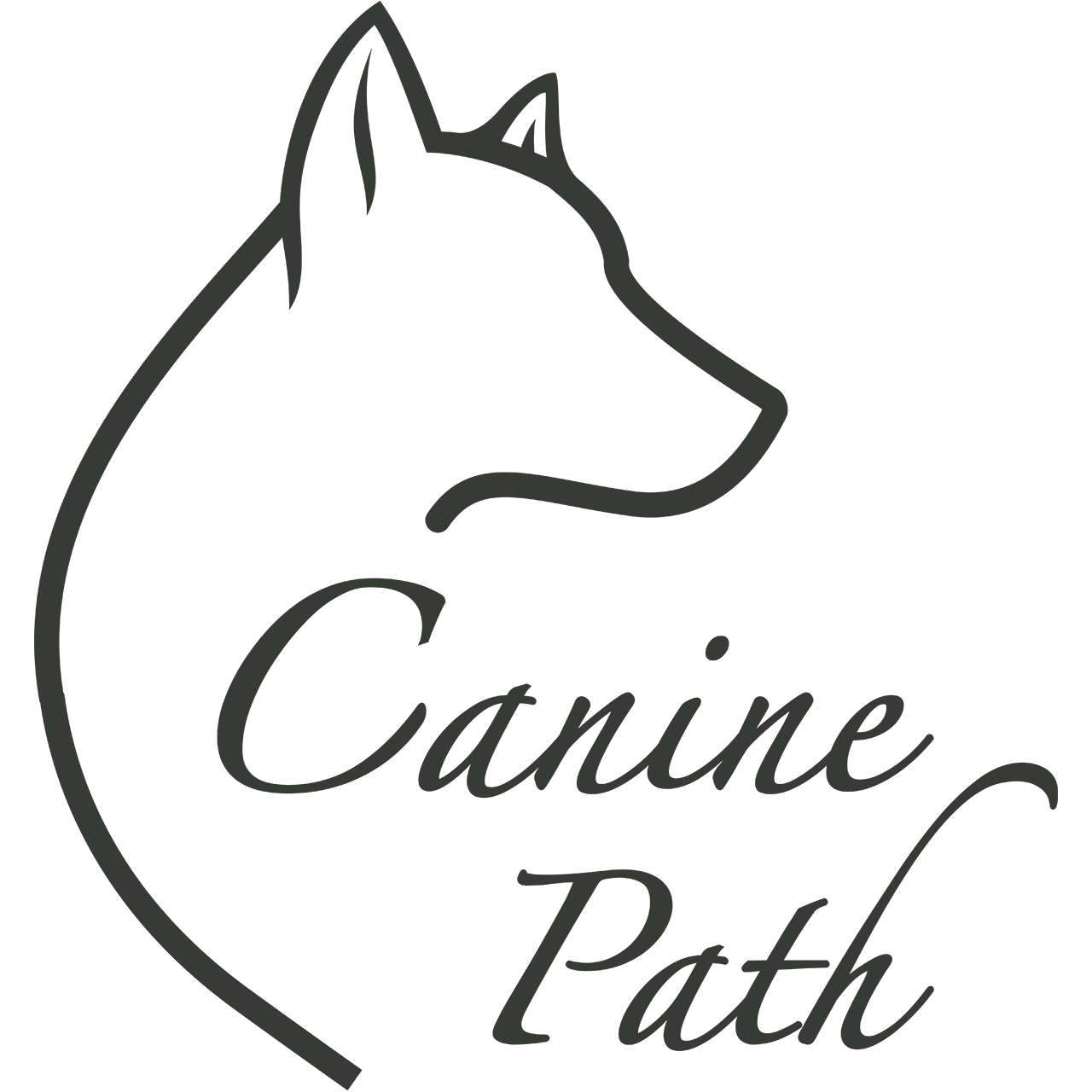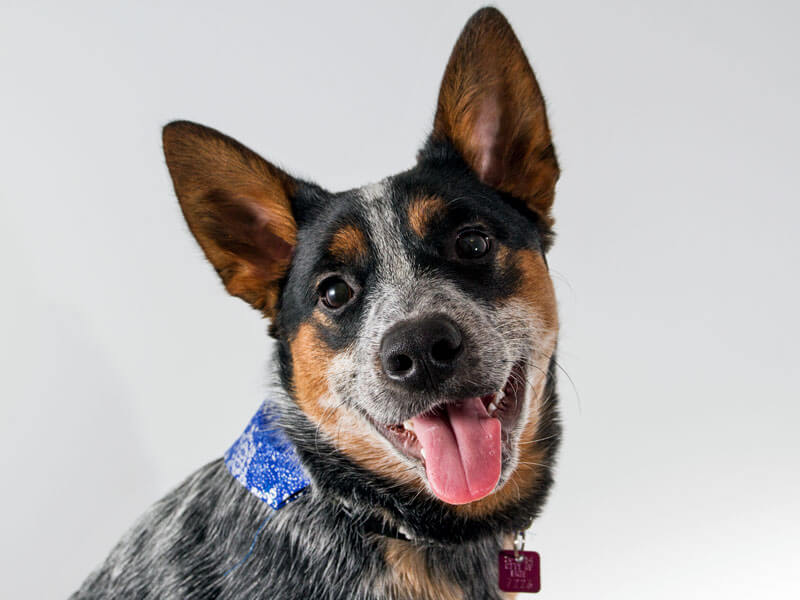How to Choose the Best Dog Trainer in Orange County
Learn How to ensure you have found the best dog trainer for your dogs needs. Bringing a dog into your life is a commitment—bulk of joy, and often unexpected challenges. Whether securing basic manners or tackling behavior issues, the right trainer can turn stress into satisfaction. But with nearly unlimited options in Orange County—group classes, private sessions, online coaching—how do you pick the best trainer for your pup and your lifestyle?
In this guide, you’ll learn:
- ✅ What credentials and certifications matter
- ✅ How to evaluate a trainer’s experience
- ✅ Which training philosophies work—and which to avoid
- ✅ Why affordability matters (and how to balance cost vs. value)
- ✅ Red flags to watch out for
- ✅ What to expect in a training session
- ✅ Realistic timelines and goals
By the end, you’ll be equipped to choose a fantastic, affordable, and effective trainer—and set your dog and household up for success.
1. Credentials & Qualifications: What to Look For
a) Certifications vs. Self-taught
In OC, you’ll encounter:
- Professional certifications — e.g., CCPDT (Certified Professional Dog Trainer), CPDT-KA (Knowledge Assessed), KPA-CTP (Karen Pryor Academy Certified Training Partner), IAABC (International Association of Animal Behavior Consultants)
- Military or Police dog training backgrounds
- Self-taught trainers—rich in experience, but variable in methods
Why credentials matter:
Certifications involve rigorous testing, continuing education, and ethical standards. For example, CCPDT certifies trainers who demonstrate 300+ hours of experience and pass a written exam. These credentials show a foundation in canine science, behavior, and humane methods.
b) Continuing Education
The best trainers don’t rest on their laurels—they attend seminars, webinars, workshops on positive reinforcement, new research, ethology breakthroughs, or breed-specific behavior.
c) Business Practices
Solid trainers carry:
- Liability insurance—important in case of accidents
- Clear contracts/policies—indicating pricing, cancellation rules, refund terms, etc.
- Ethical alignment—no fleas diet recipes or extreme dominance methods
2. Experience & Track Record in Orange County
a) Local Credibility
Find someone who’s successfully trained dogs in OC—ideally similar breeds or issues as yours. Ask:
- “Have you worked with [Labrador/Chihuahua/pit bull] in this area?”
- “Can you share before/after case stories?”
Local parks, behavior-focused Facebook groups, Nextdoor, or Yelp are goldmines—fan recommendations and honest reviews.
b) Specialties
Some trainers zero in on:
- Puppy socialization or housetraining
- Adolescent or adult dog manners
- Aggression, reactivity, separation anxiety
- Sport training: agility, rally obedience, therapy dog prep
A trainer specializing in your dog’s precise needs will be far more effective than a generalist.
c) Track Record & Testimonials
Look for:
- Video testimonials from dog parents showing progress
- Before-and-after behavior walkthroughs
- Independent reviews (e.g., Yelp, Google)—pay attention to complaints about aggression, cost creep, or unsanitary settings
3. Training Philosophy & Methods
a) Positive Reinforcement = Modern Standard
Scientific consensus supports:
- Positive reinforcement (reward desired behavior)
- Negative punishment (remove something desirable when behavior is unwanted)
Avoid trainers who use:
- Physical punishment or dominance theory (e.g., alpha signals, prong or choke collars)
- Electric shock collars, unless highly targeted CI or under professional behavior consultation
b) Understanding Learning Theory
Good trainers use:
- Classical conditioning—dogs learn associations (e.g., treat + cue = sit)
- Operant conditioning—actions produce consequences (reward/punishment)
- Shaping—gradually building toward a complex behavior
- Differential reinforcement—rewarding only desired actions, withholding for others
These aren’t buzzwords—they’re tools for humane, lasting results.
c) Balanced Approach & Problem-solving
Sometimes puppies or reactive dogs need:
- Management tools (e.g., baby gates, crates)
- Environment control (walk tools, timing cues)
- Owner education—even chews and Enrichment toys count
A top trainer sees the big picture—dog, environment, owner. They’re equipping you to manage long term, not just fixing ‘in-session.’
4. Affordability & Pricing Models
a) Understand Pricing Structures
In Orange County, typical rates are:
- Group classes: $120–$250 for 4–6 weeks (~$30–$60 per session)
- Private sessions: $100–$200/hr
- Board-and-train: $1,500–$4,000+ (dog stays with trainer for intensive training)
b) Cheap ≠ Value
Don’t just chase lowest cost. Cheap trainers may:
- Skip behavior intake screening
- Use unproven dominance tactics
- Overbook group classes with too many dogs
Instead, evaluate:
- Session length and follow-up support
- Access to resources (handouts, videos, support)
- Guarantees (e.g., “free refresh session if setback happens within 6 months”)
c) Mixing Modalities for Budget
Start with private sessions to tackle core issues + homework videos, then move to less frequent group classes for skill maintenance—this combo balances cost and effectiveness.
d) What to Ask About Costs
Before committing, ask:
- What’s the total program cost?
- What’s included—handouts, homework videos, trainer access on Zoom, follow-ups?
- Do you offer packages/ discounts for multiple dogs or recurring sessions?
- What’s the refund/cancelation policy?
- Is there a follow-up at 3–6 months to check progress?
5. Vetting Candidates
a) Initial Phone or Email Consultation
Good trainers will:
- Ask about your dog’s breed, age, health
- Explore behavior goals and current issues
- Discuss your training goals and availability
- Share broad session structure and expected outcomes
If they just blindly push the highest-cost package, it’s a red flag.
b) In-person—or Online—Observation
Request dropped-in access to a group class or ask to sit in a private session to watch:
- Trainer’s demeanor—patient, positive, calm
- Handling—no yelling, no prong collars
- How they treat dogs—making sessions fun, game-like, rewarding
- How they talk with owners—education first, not just commands
c) Ask Specific Case Questions
- “How would you if my dog bites on walks?”
- “What’s your approach to recall training?”
- “Can you help with reactivity to other dogs?”
Their answers reveal their methodology and problem-solving mindset.
6. What a Good Training Plan Looks Like
A high-quality training program typically includes:
- Assessment session – In-depth owner questionnaire + observation
- Goal-setting – Measurable milestones (e.g., “sit reliably within 3 seconds, 8/10 repetitions, by session 3”)
- Structured sessions – Warm-up, teaching block, proofing, Q&A
- Homework assignments – Clear plans, expected time investment
- Materials – Handouts, videos, cue sheets
- Follow-up structure – Drop-in classes or refresh sessions every 1–3 months
- Graduation review – Summary progress and next steps
7. Timeline & Expectations
a) Puppy Classes (6–16 weeks)
- Socialization—critical until ~16 weeks
- Basics: name, sit, recall, crate comfort
- Timeline: Usually see basic results in 4–6 weeks
b) Adolescent Dogs (5–18 months)
- “Teenager” distractions hit hard—beg for more management
- Training double down on impulse control and consistent reinforcement
- Timeline: 6–8 weeks for measurable behavior shift
c) Adult Behavior Issues
- Reactivity, aggression, separation anxiety need slow desensitization and management tools
- Timeline: 12+ weeks for moderate cases; 6‑12 months for long-term stability
d) Sport Training
- Agility, rally, therapy prep need long-term consistency and gradual skill layering
- Total time: 3–6+ months to reach competition-level reliability
Set milestones:
- Week 1–2: Assessment, basic cues, homework
- Week 3–6: Core skill building
- Week 7–12: Proofing in different environments
- Month 3+: Maintenance sessions
8. Red Flags to Avoid
- Claims of “puppy training in 3 days” or “dominance-based fix in one class”
- Mandatory prong, choke, or shock collars
- Trainers who say “You’re the alpha, so claim that role”—dominance science is debunked
- They use intimidation, fear, or physical force
- Zero behavioral intake or no mention of follow-up support
- Pressure to sign ‘board and train’ package without full disclosure
9. Spotlight: Orange County Options
a) Group Classes
- OC Dog Club (Santa Ana) – Small, positive reinfocement based, strong alumni network
- Do Right Dog Training (Laguna Hills) – Puppy and competition tracks with certified trainers
- Dog & Baby Training (San Clemente) – Specializes in reactivity & family integration
b) Private Trainers
- Certified Canine Coach – John Doe (Irvine) – CCPDT certified, ADHD-friendly step-by-step plans
- All About Dogs – Sarah Nguyen (Costa Mesa) – Focus on reactive dogs and separation anxiety
- Playful Pup Academy (Fullerton) – Emphasis on fun and enrichment-based obedience
Note: This is illustrative, not endorsement—check credentials, availability & references.
10. Choosing the Right One for You
a) Rank Your Priorities
- Budget: Do you need affordability or are you ready to invest in high-quality support?
- Behavior Focus: Puppy, manners, reactivity, sport
- Schedule: Group vs. private vs. weekend classes
- Philosophy: Positive reinforcement vs. correction-based
b) Shortlist & Interview
- Jump on 2–3 phone calls
- Ask for in-person trial drop-in or short audition class
- Compare certifications, session structure, supportive resources
c) Trial & Evaluate
- Try a single session or class
- Watch how your dog responds—eager? comfortable?
- Note the trainer’s communication style with you
- Ask: “How do I continue at home and maintain this progress?”
d) Check Back in
- After a few weeks, reassess—are you seeing progress? Are you supported? Can the trainer answer questions?
11. Real‑Life Cases
Puppy Example
Emily adopted a 10‑week‑old shepherd mix—rough around the edges, pulling on walks, jumping on people. She enrolled in a 6‑week group class at Do Right Dog. After week 2, her pup was already sitting politely before leash-up. By graduation, they had reliable 10‑foot recall. Emily credits the structured process and take‑home videos.
Adolescent Reactivity Example
Mark’s 9‑month pit‑bull mix barked and lunged at other dogs. He invested in 8 private sessions with Sarah Nguyen. The trainer introduced counter‑conditioning and safe walking tools. Homework to add food rewards vastly improved his walk demeanor. After two months, Mark was walking his dog off‑leash in quiet parks.
12. Maintaining Results & Avoiding Relapse
Training doesn’t stop at graduation. Protocols to keep things solid:
- Regular practice—5–10 minutes daily for basic cues
- Group refresher classes—every 3–6 months
- Trainer check-ins—a session after vacations or changes
- Enroll in fun group sports—like barn hunt, rally, therapy prep—to keep brain working
13. Checklist: Choosing the Best OC Trainer
| ✅ Item | What to Verify |
|---|---|
| Certification | E.g., CCPDT, CPDT-KA |
| Continuing Ed | Attends workshops, courses |
| Ethical methods | Positive reinforcement, no shocks |
| Experience | With breed/issue like yours |
| Credentialed alerts | Insurance, contract, privacy |
| Free consultation | Phone + in-person observation |
| Transparent costs | Inclusive pricing, no hidden fees |
| Structured program | Assessment, goal-setting, homework |
| Support | Materials, follow-up, email/phone access |
| Red flag check | No dominance, harsh corrections |
14. A Word on Guarantees
While absolute guarantees are rare, good trainers offer:
- Graduation follow-up: Free refresher within 6 months
- Behavior support: Phone or email check-ins for weeks after package
- Refund or credit: If goals aren’t met after full participation
Be wary of any trainer offering a one-time fix—with training, consistency over time is key.
15. Summary: Your Roadmap
- Define your goal—puppy, manners, reactivity, sport
- Set your budget—group classes, private sessions, or board-and-train
- Search locally—longlist 5–6 trainers or schools in Orange County
- Vet—check certification, reviews, methodology
- Interview—learn about their training plan, ask questions
- Try a class/session—audit a group or accept a private trial
- Evaluate—see your dog’s response and your confidence
- Commit, attend fully, complete homework
- Follow-up—schedule ongoing maintenance
Final Thoughts
Choosing the best dog trainer isn’t about flashy promises or cheap prices—it’s about finding a skilled, ethical, supportive partner for your pup’s journey. In Orange County, you have access to trainers with top-tier credentials, strong local reputations, and results‑driven programs. Smart evaluation, clear goals, and structured follow-through will help you find the perfect match for your family.

